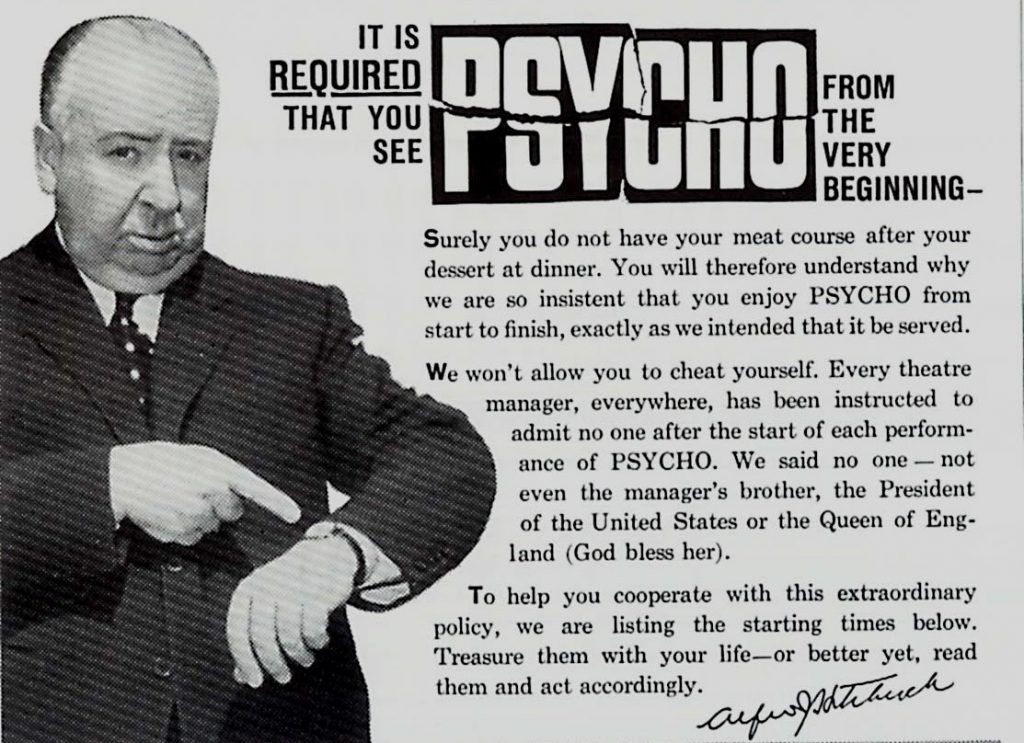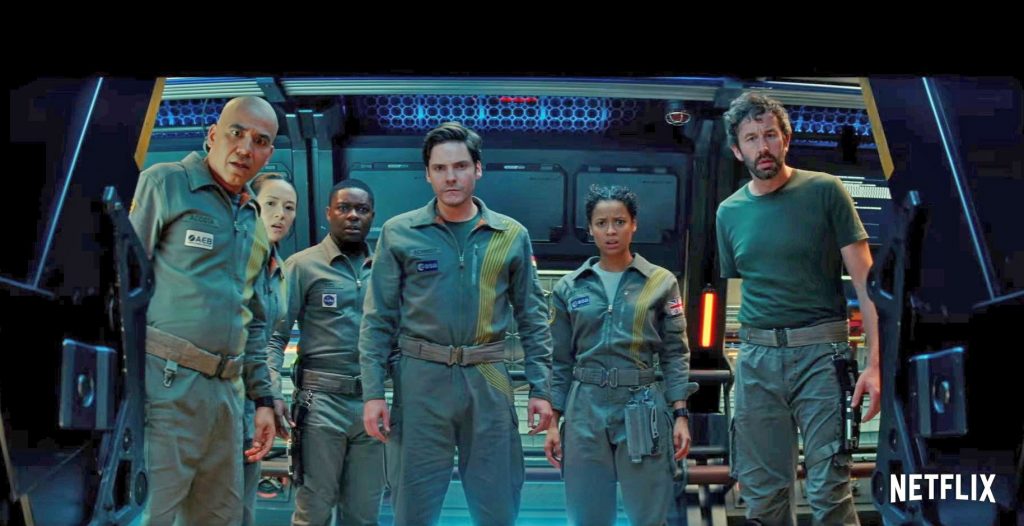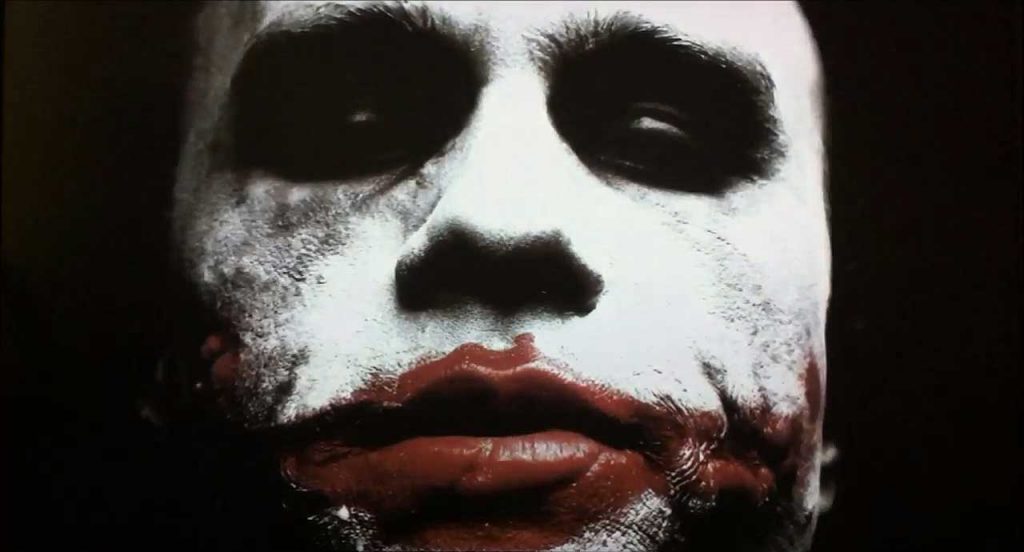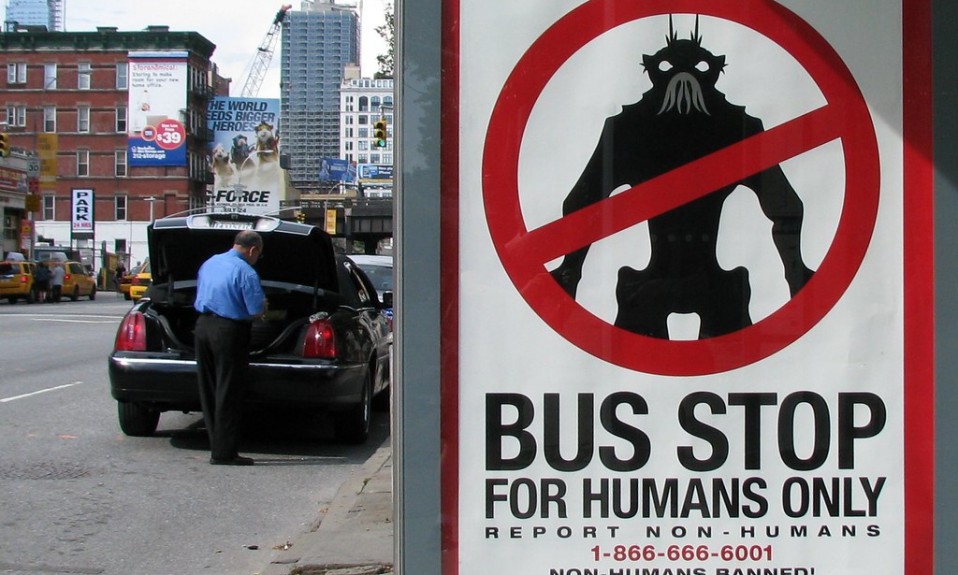Marketing a movie is usually similar for lots of films. A few trailers, poster reveals, showing the best parts of the film, press tours with actors talking about their experiences making it and then the film itself. While this often does the job, some films go the extra mile with their marketing campaigns. Here is a selection of films that should give their marketing teams a raise:
Deadpool 2

Deadpool is famous for his sense of humour and fourth wall breaking, and the studio embraced his sense of humour for its marketing campaign, from posters pitching it as a Valentine’s Day romantic comedy, to poking fun at the character’s history, as well as Ryan Reynold’s career, to much success. The marketing was as good if not better than the final film, so when the sequel was announced, there were high expectations
Somehow they outdid themselves, with the first teaser showing Deadpool channelling his artistic side in a Bob Ross parody. There was also a James Bond inspired intro song, performed by Celine Dion (complete with high-heeled dancing Deadpool), and box art for other films featuring the character. Footballer David Beckham featured in one spot as a response to a joke in the first film. It even managed to raise money for a charity. It was impossible to not know this film was coming out, even on LinkedIn.
The Blair Witch Project

A rare example of a marketing scheme that wouldn’t work today, the film was marketed as genuine found footage, with the three characters pitched as actual missing persons on posters. The whole movie was sold as a “true story”, with the website featuring interviews with concerned family members and the actual film being recovered from their investigation.
“The Blair Witch Project” was the first film to really take advantage of the internet (it was released in 1999) and kicked off the found footage genre used in films like “Cloverfield” and “Paranormal Activity”. As part of the “true story” angle, the directors even posted in forums to give “evidence”. Many people thought the film was real, with the actors not appearing at the premiere and being listed as deceased, leading to family members receiving sympathy cards.
Psycho

Alfred Hitchcock’s iconic 1960 thriller was shrouded in secrecy up until it’s release, with one trailer simply giving a tour of the Bates’ Motel. With very little of the plot revealed in the marketing, stars not doing press and no critic screenings, Hitchcock oversaw all the promotion, ensuring that no secrets would be revealed before people had chance to see it.
There was a method to his apparent madness though, especially not allowing latecomers into screenings, as he didn’t viewers to miss the film’s biggest star before they get killed off early on. This caused long queues to form, much to the delight of cinemas, and Psycho is now one of the most famous films of all times, with the shower scene being homaged or parodied countless times.
The Cloverfield Paradox

The “Cloverfield” Franchise always has mysterious marketing, with the trailer for the first film having no title, just a release date. Each release is also accompanied by an Augmented Reality game, which provides vague clues, such as a conspiracy about a slushy company in the Cloverfield universe. While many of these bits of information do not connect to the films in a big way, they do flesh out the world and help to connect each entry in the series, with an active fan page, logging and connecting each clue
The third film, “The Cloverfield Paradox”, had it’s announcement trailer debut during the Super Bowl Halftime Show, with the film being available later that day. A 3rd film had been announced but no official information given until the trailer dropped, with the full film available almost at the same time. it’ll be hard to top for a fourth entry.
The Dark Knight

The marketing for Christopher Nolan’s second Batman film began 15 months before the film was to be released in theatres. Whereas most marketing makes an audience aware of the film, this time they actually got to be involved. For every email address that signed up to a (fictional) Harvey Dent campaign site, a pixel was removed, when enough people signed up less than 24 hours later, it revealed the first image of the Joker.
At San Diego comic con, the “Joker” took over, asking guests to complete a series of challenges, which unlocked a teaser trailer. The campaign brought Gotham City out into the real world. Heath Ledger’s untimely passing, created a bigger buzz about his role as the Joker, even winning him a posthumous Best Supporting Actor Oscar.
Also Read: How The Blair Witch Project Changed Horror












3 Comments
Comments are closed.